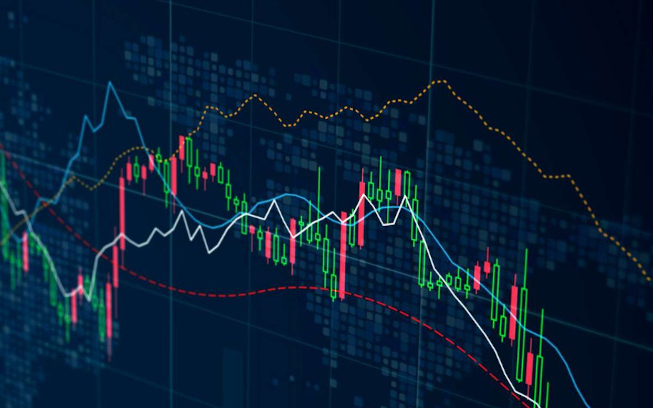Weathering Economic Storms: CFD Trading during a Recession
During periods of economic recession, financial markets often experience heightened volatility and uncertainty. CFD (Contract for Difference) traders face unique challenges and opportunities during these times. In this article, we explore strategies and insights to help traders navigate and potentially profit from CFD trading during a recession.
**1. Understanding the Economic Landscape:**
To effectively trade CFDs during a recession, traders must first grasp the broader economic landscape. Recessions are characterized by declining economic activity, rising unemployment, and reduced consumer spending. Traders should monitor key economic indicators, such as GDP growth, employment data, and consumer sentiment, to gauge the severity and duration of the recession.
**2. Defensive Positioning:**
During recessions, certain sectors tend to outperform others due to their defensive nature. These sectors include utilities, healthcare, and consumer staples, which offer essential products and services that remain in demand regardless of economic conditions. CFD traders may consider allocating their portfolios toward assets within defensive sectors to mitigate risk and potentially generate stable returns.
**3. Diversification and Risk Management:**
Diversification is crucial for managing risk during a recession. CFD traders should diversify their portfolios across different asset classes, industries, and geographic regions to reduce exposure to any single market or sector. Additionally, implementing robust risk management strategies, such as setting stop-loss orders and managing position sizes, is essential for protecting capital during periods of heightened market volatility.
**4. Safe-Haven Assets:**
Safe-haven assets, such as gold, government bonds, and the Swiss franc, tend to attract investor capital during times of economic uncertainty. CFD traders may consider including safe-haven assets in their portfolios as a hedge against recessionary risks. Gold CFDs, for example, often experience increased demand as investors seek a store of value amid market turmoil.
**5. Short-Selling Opportunities:**
Recessions typically result in declining asset prices and increased market pessimism. CFD traders can capitalize on downward market movements by short-selling assets expected to underperform. By taking short positions on CFDs, traders can potentially profit from falling prices, provided they accurately anticipate market trends and manage risk effectively.
**6. Monitoring Central Bank Policies:**
Central banks play a crucial role in navigating economic recessions through monetary policy measures. CFD traders should closely monitor central bank decisions, interest rate changes, and stimulus programs, as these actions can have significant implications for financial markets. Anticipating and adapting to central bank interventions is essential for navigating the impact on currency values, interest rates, and market liquidity.
**7. Volatility Trading Opportunities:**
Recessions often lead to increased market volatility, creating trading opportunities for CFD traders. Volatility can result in wider price swings and amplified price movements, presenting opportunities for traders to profit from short-term fluctuations. Traders adept at managing risk and capitalizing on volatility can potentially generate significant returns during recessionary periods.
**8. Fundamental Analysis:**
During recessions, fundamental analysis becomes even more critical for CFD traders. Examining company fundamentals, such as earnings reports, cash flow statements, and debt levels, can provide insights into the financial health and resilience of individual companies. CFD traders should conduct thorough fundamental analysis to identify opportunities and assess the risks associated with potential investments.
**9. Psychological Resilience:**
Trading during a recession can be emotionally challenging, as fear and uncertainty permeate financial markets. CFD traders must maintain psychological resilience, staying disciplined, focused, and level-headed amidst market fluctuations. Adhering to a well-defined trading plan, managing emotions, and avoiding impulsive decisions are essential for navigating turbulent market conditions.
**10. Continuous Learning and Adaptation:**
Market conditions evolve during recessions, requiring CFD traders to continuously learn and adapt their strategies. Staying informed about economic developments, monitoring market trends, and adjusting trading approaches based on new information are essential for success. Traders who remain flexible, adaptable, and committed to continuous improvement are better positioned to navigate and thrive in challenging economic environments.
In conclusion, cfd trading during a recession requires a strategic and disciplined approach. By understanding the economic landscape, employing defensive positioning, diversifying portfolios, and effectively managing risk, traders can mitigate downside risks and potentially capitalize on opportunities that arise during economic downturns. Adapting to changing market conditions, staying informed, and maintaining psychological resilience are keys to successful CFD trading during recessions.

